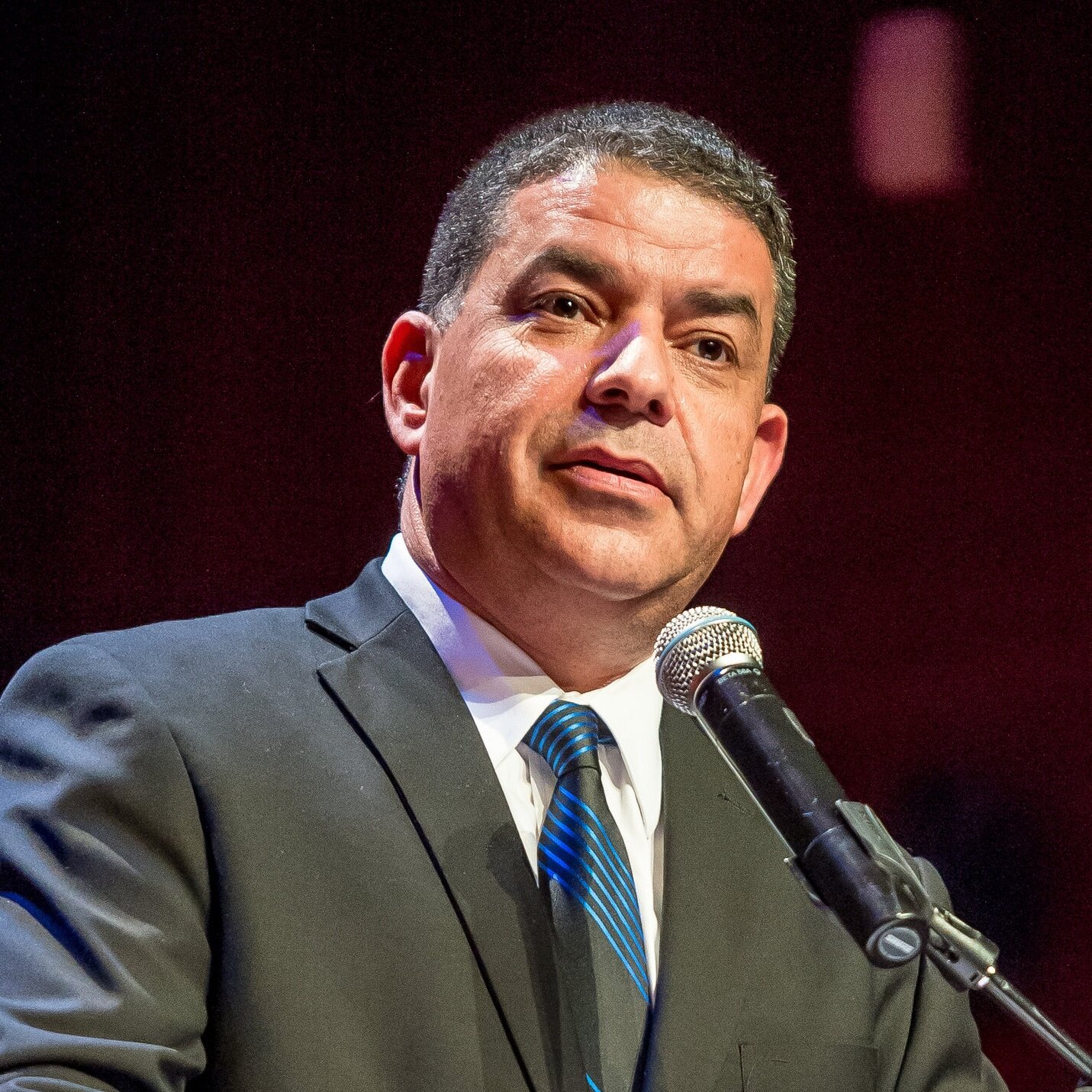By Mark Goldfeder
On Monday, State Rep. Mike Wilensky, D-Dunwoody, and State Rep. John Carson, R-Marietta, filed a bill that will fill a gap in Georgia’s existing antidiscrimination laws by providing officials with a standard definition of antisemitism -- the International Holocaust Remembrance Alliance (IHRA) definition -- to be considered when assessing facially discriminatory conduct.
Wilensky’s bill comes as antisemitism is surging around the country, and the Peach State has not been immune. Over the last five years Georgia has had 188 reported incidents of antisemitism, and in 2018 it had the highest number of incidents in the Southeast. Officials have a responsibility to protect their citizens from acts of hate and bigotry, and must be given the proper tools to do so.
Valid monitoring, informed analysis and effective policymaking all require uniform definitions. To that end, the IHRA definition is already used by the U.S. federal government, the 31 member countries of IHRA, the European Union, Serbia, Bahrain, and Albania, among others. It has been endorsed by a growing number of world leaders, including UN Secretary-General António Guterres. The Georgia bill does not revise any anti-discrimination policy; it just clarifies a term with an accepted definition to ensure that the laws will be administered properly.
There are two reasons why this bill is important, and why the IHRA definition is appropriate for a state like Georgia to use when considering the motivation behind discriminatory acts. (Full disclosure --- the bill is heavily based on a model law that I drafted). The first reason relates to the practical difficulty of defining antisemitism, and the second to the legal standard of objectivity required whenever assessing intent.
The practical problem in defining antisemitism is that it is a mutating virus; Jews are often condemned for being whatever a society, or a particular part of society, dislikes at the moment. Depending on which antisemite you ask, Jews can be simultaneously too liberal and too conservative, too rich and a drain on the society. They are at once too strong and too weak, too influential and too parasitical.
A definition of antisemitism that can encompass all of these possibilities and more needs to be able to cut through the timely rationales given for this timeless hatred. In order to actually protect people, we need a definition that focuses not on the reasons why people hate but rather on the actions taken by those expressing hatred; a conduct-based definition. The definition that best serves this goal is the IHRA definition, precisely because the examples it gives focus on the modern manifestations of antisemitism, meaning what antisemites do, as opposed to why they do it.
Critics have challenged IHRA’s use in policymaking on two grounds. First, they claim that it conflates political speech against Israel with antisemitism. That part is simply not true; there is a safe harbor provision in IHRA itself which says that “criticism for Israel similar to that leveled against any other country” is not antisemitism, as well as an express caveat that all of the examples given, including the ones about Israel, “could, taking into account the overall context,” be antisemitic. The reason the specific examples are provided (and are important) is explicitly not because all criticism of Israel is antisemitic, but because there are those who falsely claim that no criticism of Israel can ever cross the line, and use their anti-Zionism as a thinly-veiled excuse for antisemitic action. For example, on campuses across the country, and even in Georgia, Jewish students routinely hear antisemitic comments, and when they complain are told that it’s fine because it was “merely anti-Zionism.” IHRA will help to objectively clarify that line, as it already does for Title VI complaints.
The second objection to using the IHRA definition in a policy context is that in the wrong hands, it could theoretically be used to stifle speech. That argument is a red herring. Of course, free speech is a core aspect of democracy; that is why such bills cannot and do not take the form of a speech code. But discriminatory harassment and criminal conduct are not just speech, even if words are sometimes used. Unlike speech, such conduct is absolutely subject to government regulation. Well-established Supreme Court precedent requires behavior to be “objectively offensive” to fall under the category of discriminatory harassment. To meet this “objectively offensive” standard, the definition used in the discriminatory antisemitism motivational analysis must be objectively well-accepted. The IHRA definition is once again the obvious choice.
The new Georgia bill already has bipartisan support, and in theory it should be a no-brainer for every legislator to sign on. But it was still an act of bravery for Wilensky, the only Jewish representative in the entire state, to shoulder the burden of ushering it through the Gold Dome when no one else had. For their courage in actually taking a stand and trying to make the world better, Wilensky and Carson deserve all of our thanks – and of course our political support.
Rabbi Dr. Mark Goldfeder, Esq. has served as the founding Editor of the Cambridge University Press Series on Law and Judaism, a Trustee of the Center for Israel Education, and as an adviser to the Permanent Mission of Israel to the United Nations. Read full bio here.















